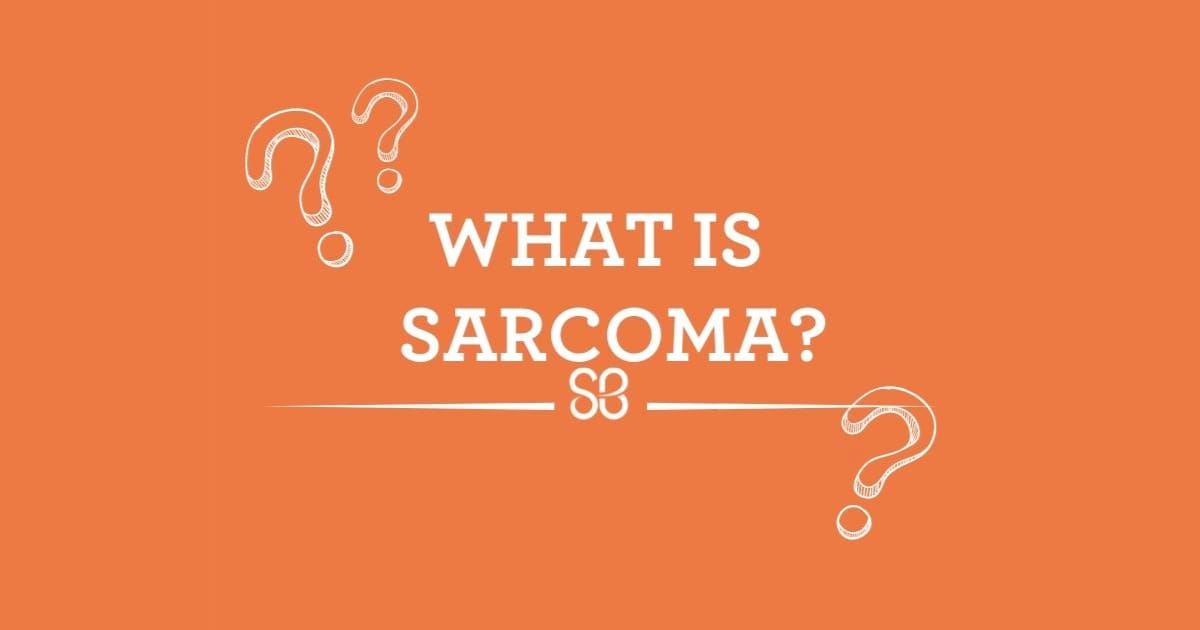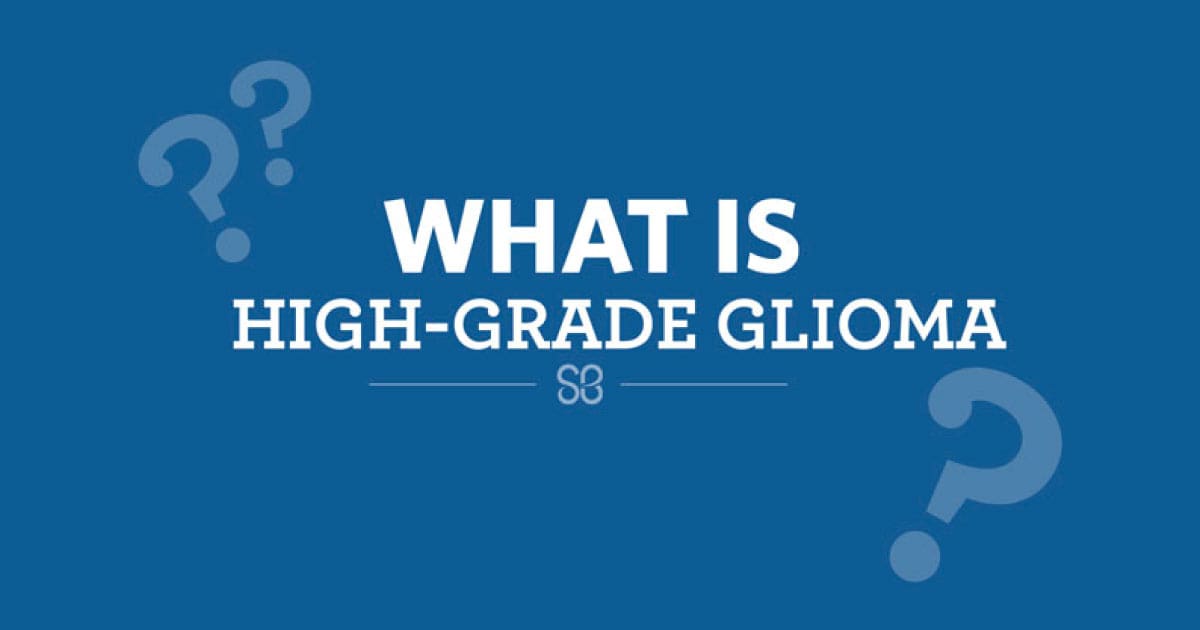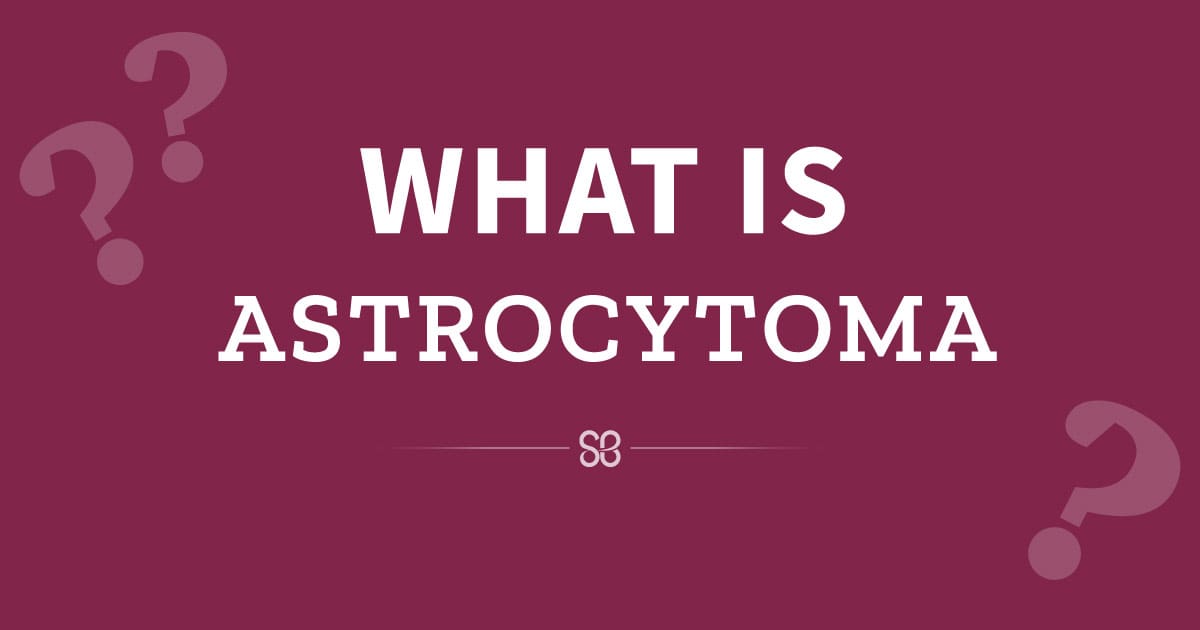What Are Childhood Sarcomas?
Sarcoma is a rare type of cancer that grows in the bone or soft tissues, such as muscles, nerves, and fat, in various parts of the body. Although sarcomas are uncommon, they make up less than 15% of all childhood cancers.
Pediatric sarcomas are categorized into two main types:
- Bone sarcomas: These can develop in any bone, but they most commonly appear in the leg, arm, pelvis, or ribs. The two most common types are Ewing sarcoma and osteosarcoma.
- Soft-tissue sarcomas: These occur in the soft tissues anywhere in the body. The most common types are embryonal rhabdomyosarcoma and alveolar rhabdomyosarcoma.
There are many subtypes of sarcomas that can develop in children. Sarcomas may start as tiny, painless lumps that are difficult to detect. Unfortunately, they can spread, or metastasize, before becoming noticeable.
Help fund life-saving research for kids with cancer. Donate now to support better treatments and brighter futures!
What Age Do Childhood Sarcomas Usually Develop?
The average age of diagnosis depends on the sarcoma type:
- Rhabdomyosarcoma is the most common childhood soft-tissue sarcoma, typically diagnosed in children under 14 years old.
- Osteosarcoma is most frequently diagnosed during the late teens and early 20s.
- Ewing sarcoma affects a broader age range, from puberty to the mid-20s.
Signs and Symptoms of Sarcoma in Children
The most common symptom of sarcoma in children is a painless lump with no known cause. Other signs to watch for include:
- Unexplained pain or swelling in a joint or bone
- Symptoms that persist for more than a couple of weeks
If you notice these signs, consult a doctor immediately.
How Are Sarcomas Diagnosed?
Doctors usually begin diagnosis with an x-ray. If the x-ray shows no issues, a CT scan or MRI may be performed based on the location of the pain. A biopsy is then conducted to confirm the diagnosis.
What Are the Treatment Options for Childhood Sarcoma?
Sarcoma treatment is personalized for each child and typically involves a combination of:
- Surgery
- Chemotherapy
- Radiation therapy
Treatment also focuses on preventing the cancer from spreading to other parts of the body.
How Cancer Research Is Helping Kids with Sarcoma
Childhood cancer research has driven significant progress in sarcoma treatments. Key advancements include:
- Targeted therapies that specifically attack tumors while sparing healthy cells
- Improved chemotherapy options tailored to each sarcoma type
Survival rates vary widely depending on the tumor’s location, type, and whether it has spread. For children under 20, the 5-year survival rate is approximately 70%. Survival rates are higher for localized tumors but significantly lower for metastatic or relapsed sarcomas.
Research is vital to improving these outcomes. By learning more about the biology of sarcomas, we can develop better therapies and improve survival rates for children.
Join the fight to conquer childhood cancer.
Get Involved Today
This comprehensive guide to childhood sarcoma provides vital information for parents, caregivers, and anyone supporting pediatric cancer research. Learn more about symptoms, treatments, and how you can make a difference in the fight against sarcomas.



